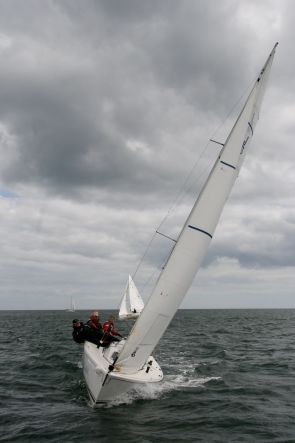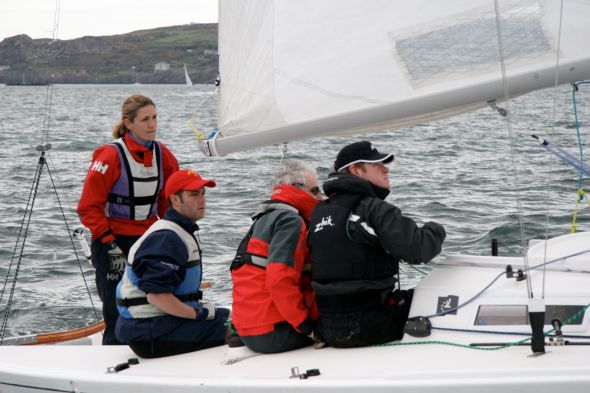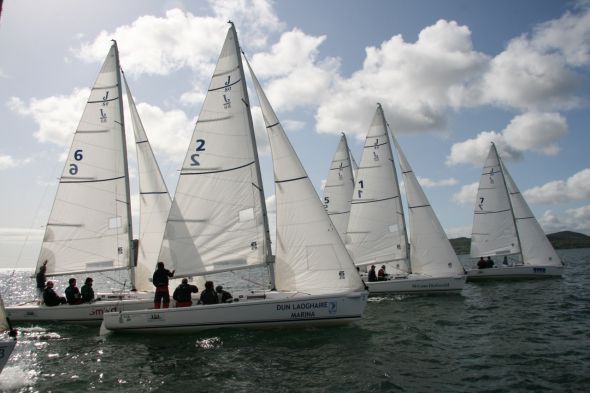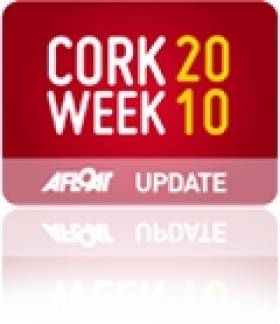Displaying items by tag: video
Fireballs Gear up for Worlds with New Video
Etchells Worlds Howth, All Three Videos HERE!
Howth got a makeover for last week's Etchells World Championships and the video clips below show the fruit of all the hard work after a successful championship there.
Day 4 Cork Week Vid is a Cracker! Watch HERE!
Looking more like a leg from the Volvo Ocean Race, Cork Week yesterday enjoyed an epic day four and this Digby Fox video (below) proves it! A 20 knot ripper!
HYC use Twitter & Ustream for live event coverage
Howth Yacht Club continue to march ahead as early adopters of new media, streaming details from their HYC Helmsman's Championships in real-time over the web. Using a combination of live tweets from Twitter and streaming vide on UStream (courtesy of Noel Davidson) the club was able to present a live-action sailing feed from their racing area.
10 teams from HYC competed in the HYC Helmsmans Championship. The teams were divided into 2 heats with 5 teams racing on Saturday morning and 5 teams racing on Saturday afternoon. Both heats were hotly contested and 4 teams from each heat progress through to the final on Sunday.
Heat 1 was won by Michael Duffy, followed by Emmet Ryan in 2nd, Scott Flanigan in 3rd, Garrett May in 4th and John Faller in 5th. Heat 2 was won by Laura Dillon, followed by Alistair Kissane in 2nd, Dermot Skehan in 3rd, Paul McMahon in 4th and Jenny O’Leary in 5th.
The top 8 teams progressed through to the finals on Sunday and the final top 3 results were:
1. Laura Dillon and crew
2. Garrett May and crew
3. Emmet Ryan and crew
Dillon successfully defended her title. Full blow-by-blow details from the racecourse are available both on the HYC_Events Twitter stream and Noel Davidson's Ustream channel which houses the video.




































































